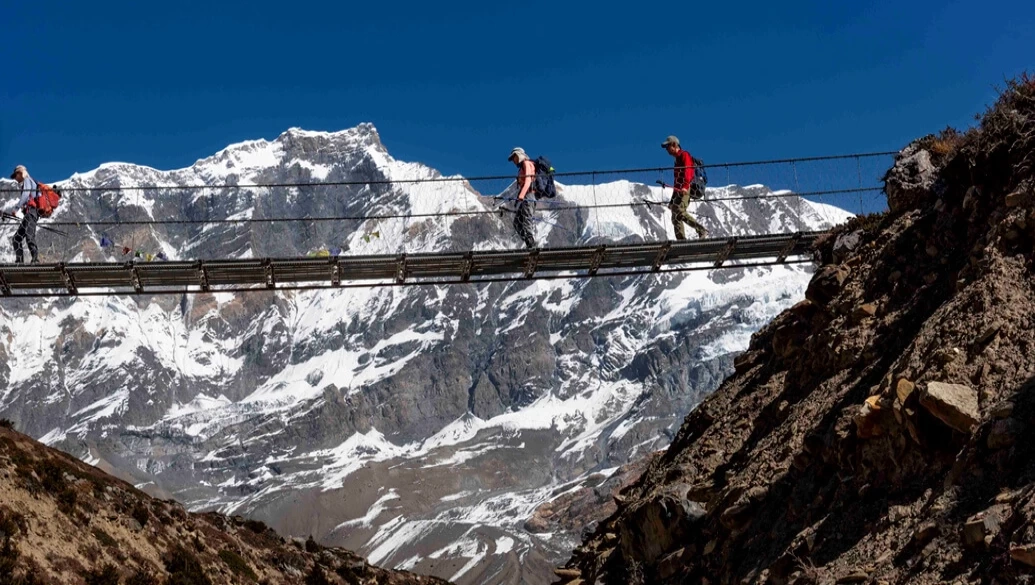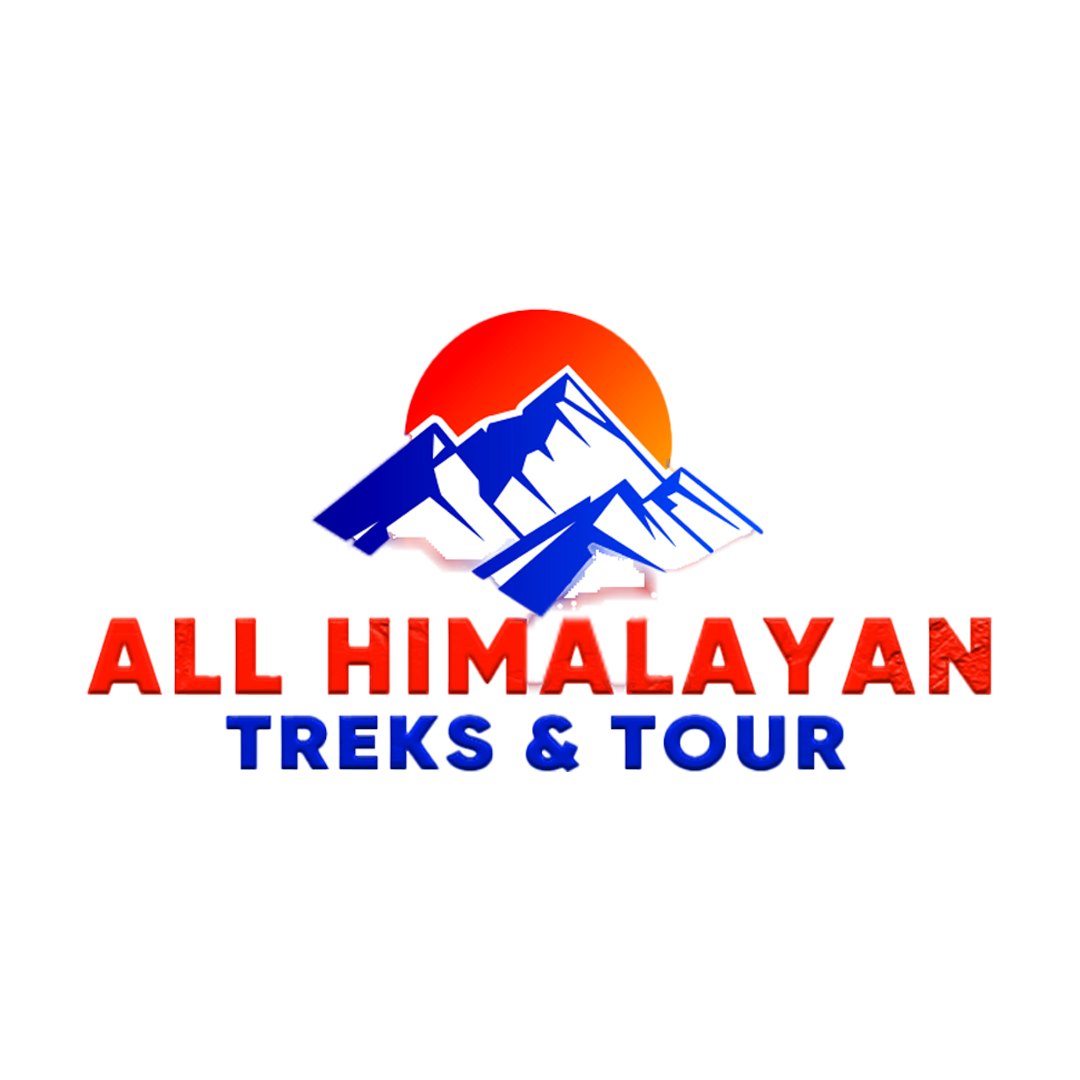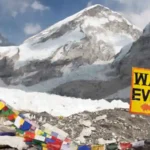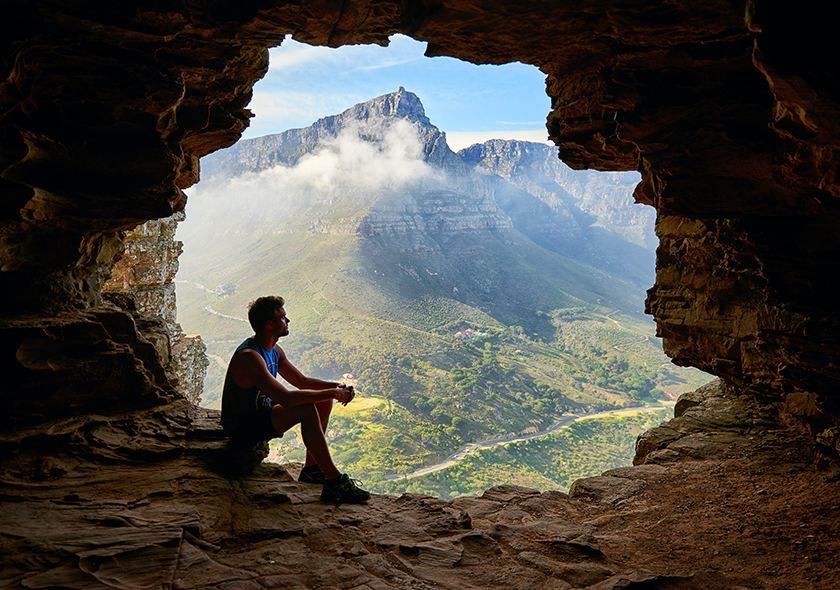
Nar Phu Valley Trek – A Remote Himalayan Adventure
The Nar Phu Valley Trek is one of Nepal’s most secluded and untouched trekking routes, offering an extraordinary blend of Himalayan landscapes, Tibetan-influenced culture, and raw adventure. Nestled between Annapurna and Manaslu, this trek takes you through narrow canyons, ancient Buddhist monasteries, high passes, and remote villages.
Why Choose the Nar Phu Valley Trek?
- Off-the-Beaten-Path – A less crowded trek compared to Everest or Annapurna circuits.
- Cultural Immersion – Experience authentic Tibetan-influenced lifestyle and traditions.
- High Himalayan Passes – Conquer Kang La Pass (5,322m) with breathtaking views.
- Unique Permits Required – A restricted area trek, ensuring exclusivity.
Nar Phu Valley Trek Itinerary (18-22 Days)
The trek can be customized based on duration and experience level. Here’s a general Nar Phu Valley Trek itinerary:
Day 1: Arrival in Kathmandu (1,400m)
Prepare permits, explore Thamel, and visit heritage sites.
Day 2: Drive to Koto (2,600m) – 9-10 hrs
A long drive via Besisahar, the gateway to the Annapurna region.
Day 3: Trek to Meta (3,560m) – 6-7 hrs
Enter Nar Phu Valley, crossing suspension bridges and pine forests.
Day 4: Meta to Phu Gaon (4,250m) – 7 hrs
Witness stone houses, yak pastures, and ancient Buddhist monasteries.
Day 5: Acclimatization in Phu Gaon
Explore Tashi Lhakhang Monastery, a significant Buddhist site.
Day 6: Trek to Nar Village (4,110m) – 6 hrs
A scenic trail passing Himalayan plateaus and traditional Tibetan villages.
Day 7: Rest and Exploration in Nar Village
Enjoy Sherpa hospitality and visit ancient Buddhist stupas.
Day 8: Trek to Kang La Pass (5,322m) & Ngawal (3,675m)
A challenging ascent, offering stunning views of Annapurna II, Gangapurna, and Tilicho Peak.
Day 9-10: Join the Annapurna Circuit & Descend to Pisang or Manang
This section allows for either a return journey or an extension towards Thorong La Pass.
Day 11-15: Trek Ends at Jomsom & Fly Back to Kathmandu
From Manang, trek to Jomsom via Muktinath and fly back to Kathmandu.
Nar Phu Valley Trek Cost
The total Nar Phu Valley Trek cost varies based on permits, guide/porter fees, and travel expenses. Here’s an estimate:
| Expense | Estimated Cost (USD) |
|---|---|
| Restricted Area Permit | $90 per week (Sep-Nov), $75 (Dec-Aug) |
| Annapurna Conservation Permit | $30 |
| TIMS (Trekkers’ Info Management System) Card | $20 |
| Guide & Porter | $25-$35 per day |
| Accommodation & Food | $25-$40 per day |
| Transportation (Kathmandu to Koto) | $20-$40 |
| Flight (Jomsom to Kathmandu) | $100-$120 |
| Miscellaneous (gear, snacks, tips) | $50-$100 |
Total Cost: $900 – $1,500 per person (excluding flights to Nepal).
Nar Phu Valley Trek Permit – What You Need to Know
Since Nar Phu Valley is a restricted area, special permits are mandatory:
- Restricted Area Permit (RAP) – Issued only through a registered trekking agency.
- Annapurna Conservation Area Permit (ACAP) – Required for the Annapurna region.
- TIMS Card – For safety tracking of trekkers.
🚨 Important: Solo trekking is not allowed. A minimum of two trekkers + a licensed guide is required.
Nar Phu Valley Trek Map
A good Nar Phu Valley trek map is essential for navigation. The trek follows:
Koto → Meta → Phu Gaon → Nar Village → Kang La Pass → Ngawal → Pisang/Manang.
📍 Key Highlights on the Map:
✔ Phu Gaon (4,250m) – Tibetan-influenced village.
✔ Nar Village (4,110m) – Rich Buddhist culture.
✔ Kang La Pass (5,322m) – Majestic Himalayan panorama.
Nar Phu Valley Short Trek – Is It Possible?
If you’re short on time, you can customize the trek into a 10-12 day itinerary:
🔹 Option 1: Start from Koto, trek to Nar Village, then cross Kang La Pass and return via Pisang.
🔹 Option 2: Skip Phu Valley and only explore Nar Village with Kang La Pass crossing.
While a Nar Phu Valley short trek is possible, proper acclimatization is essential due to the high altitude.
Nar Phu Valley Trek Nepal – Best Time to Go
The best time for this trek is:
🌸 Spring (March-May): Clear skies, blooming rhododendrons, and warm weather.
🍂 Autumn (Sep-Nov): Ideal for dry, stable trekking conditions with crystal-clear views.
Avoid the monsoon season (June-Aug) due to landslides and slippery trails, and winter (Dec-Feb) due to extreme cold.
Nar Phu Valley Trek FAQs
1. How difficult is the Nar Phu Valley Trek?
It is a moderate to challenging trek, requiring previous trekking experience and good physical fitness.
2. Can I do the Nar Phu Valley Trek solo?
No. Solo trekking is prohibited. A minimum of two trekkers and a licensed guide are required.
3. What is the maximum altitude of the trek?
The highest point is Kang La Pass (5,322m), which requires proper acclimatization.
4. What type of accommodation is available?
Teahouses are available in major stops, offering basic meals and cozy rooms. Camping is also an option for remote areas.
5. How cold does it get in Nar Phu Valley?
Temperatures can drop to -10°C (14°F) at higher altitudes, especially at night.
Final Thoughts
The Nar Phu Valley Trek is an incredible adventure for trekkers seeking raw Himalayan beauty, rich Tibetan culture, and high-altitude trekking challenges. Whether you’re drawn to its hidden villages, thrilling passes, or untouched trails, this trek offers an unforgettable experience in Nepal’s Himalayas.
📌 Ready for the adventure? Start planning your Nar Phu Valley Trek today!





